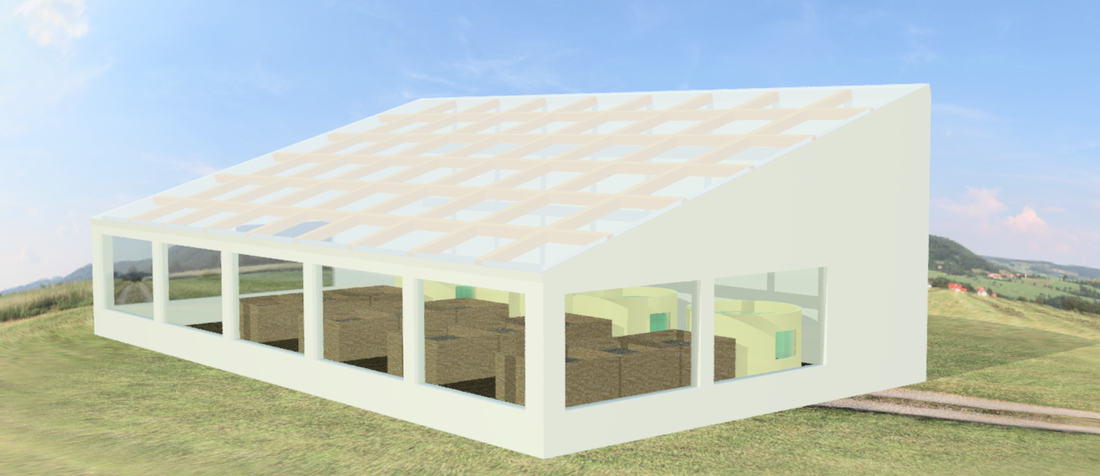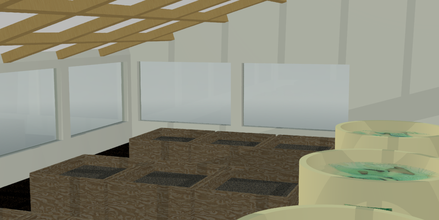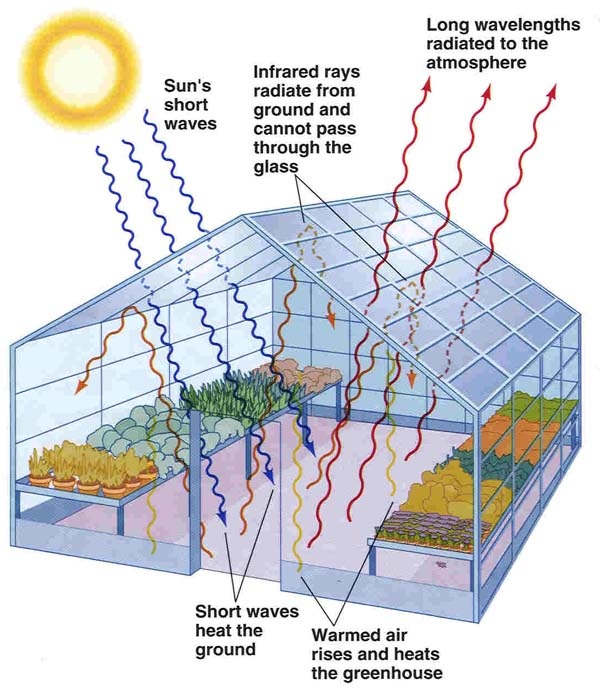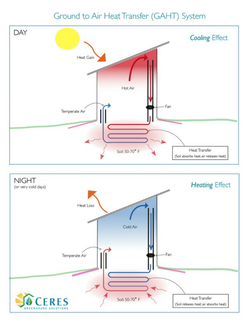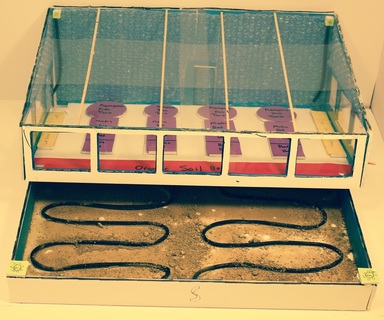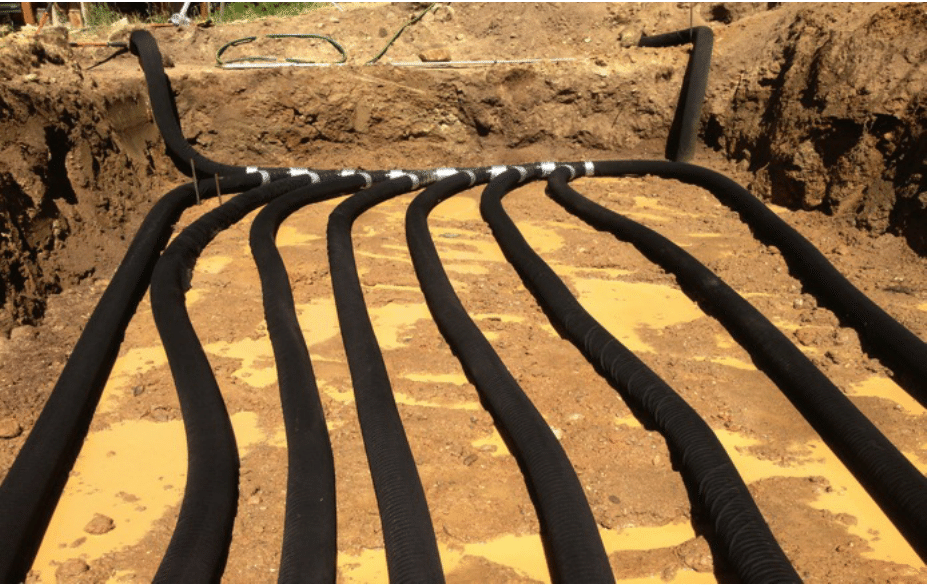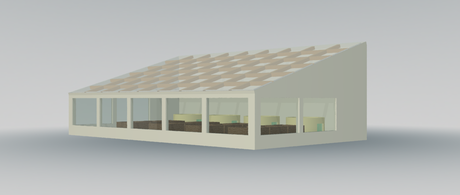Efficient, Non-Stop Use
|
To foster extensive research, community collaboration, and education, the Helios greenhouse will operate through the school year, despite the harsh Pomfret winters. By capturing light, a greenhouse can maintain its climate without the need for complex, energy-consuming heating systems.
Having a non-stop, applied research laboratory allows students to study a variety of science disciplines. For example:
The Pomfret School Helios Project makes a great bed for the growth of future generations of scientists and engineers. |
How Does It Work?
|
Not surprisingly, greenhouses use a phenomenon called the greenhouse effect. Despite its negative connotation due to global warming, the greenhouse effect is useful for controlling climates indoors without burning fuels to maintain temperature.
This effect works by allowing light to enter a structure by penetrating a transparent layer. When light enters, it refracts and is absorbed as it hits objects. Some of the energy in the light is converted into infrared thermal energy, which is trapped as heat inside the building. Here is an abridged version of the process:
|
|
|
In this tour of a solar greenhouse prototype the builders explain their design. |
|
The builders of a prototype solar greenhouse share the steps in their process.
|
|
Video fly-over of Solar Greenhouse Design Class's first choice site.
Have Questions?
|
We are more than happy to answer any questions that you have about our project; from how it works to how it's used, we'll answer any question to the best of our ability.
Please click here for a contact form! Please allow for some latency in response, as academic commitments often get the better of us. We are only students! For donations, please navigate to our donation page by clicking here to donate. |

